Position of cutlery on the plate: restaurant “ABC”
Did you know that the position of the cutlery is a kind of language with which a restaurant visitor can convey his message? By placing your fork and knife in a certain way, you give signs to the staff that a competent waiter can recognize and take into account.
So what is the language of forks and knives, and what simple rules of etiquette should you know when visiting a restaurant?
The content of the article
Sign language with cutlery
Restaurant etiquette regarding the placement of cutlery on a plate includes the main stages of eating. Thus, with the help of products you can indicate a pause, serving of the next dish and the end.
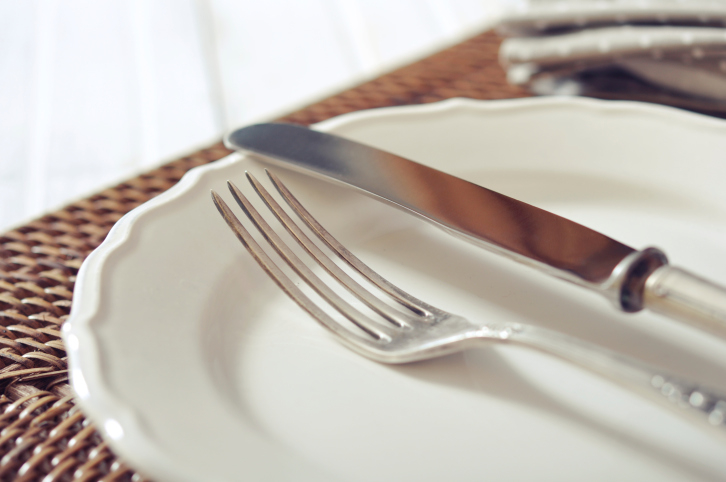
Pause
If you need to leave for a while, but still need some utensils, then a pause in the meal can be conveyed in several ways. This way the waiter will understand that you are not finished and will not remove your personal plate and cutlery.
The first method is as follows: a fork is placed on a plate with its tines facing up, and a knife is placed on top, crossing each other. In this case, the knife points to the left, and the fork points its teeth to the right. This will make it clear to the staff that the meal is not finished, but the next dish will need to be served later. The same gesture says: “No need to take it away!”
Second way. The fork is placed on the edge of the plate on the left with the teeth down, and the knife on the right side with the blade towards you. The handles of the products rest on the table.This method is used if there is no free space on the plate.
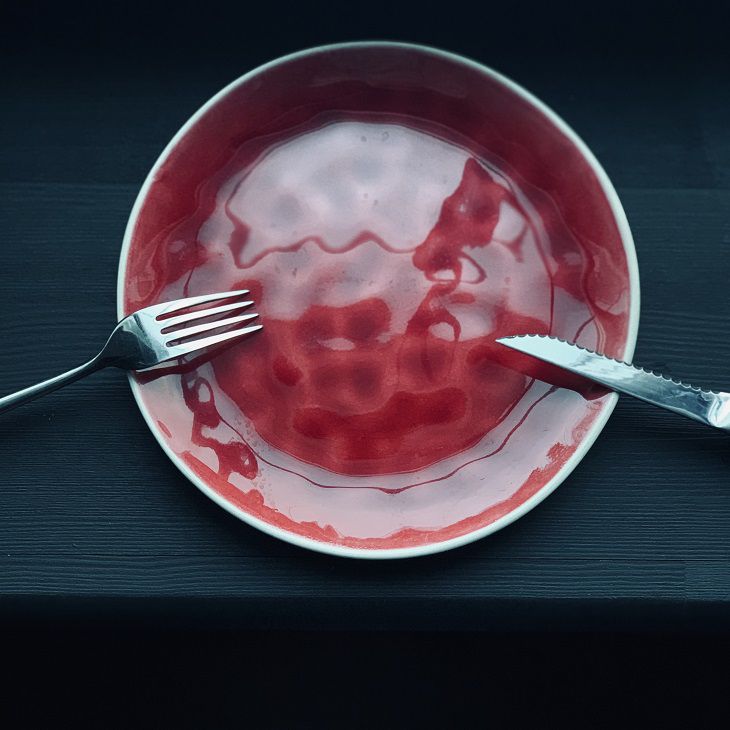
Third way. Used when the plate is empty, but you just decide to take a break. In this case, the fork is positioned on the left side with the tines up or down, and the knife is on the right, towards the fork. The result will be the letter “L”, but they should not touch each other.
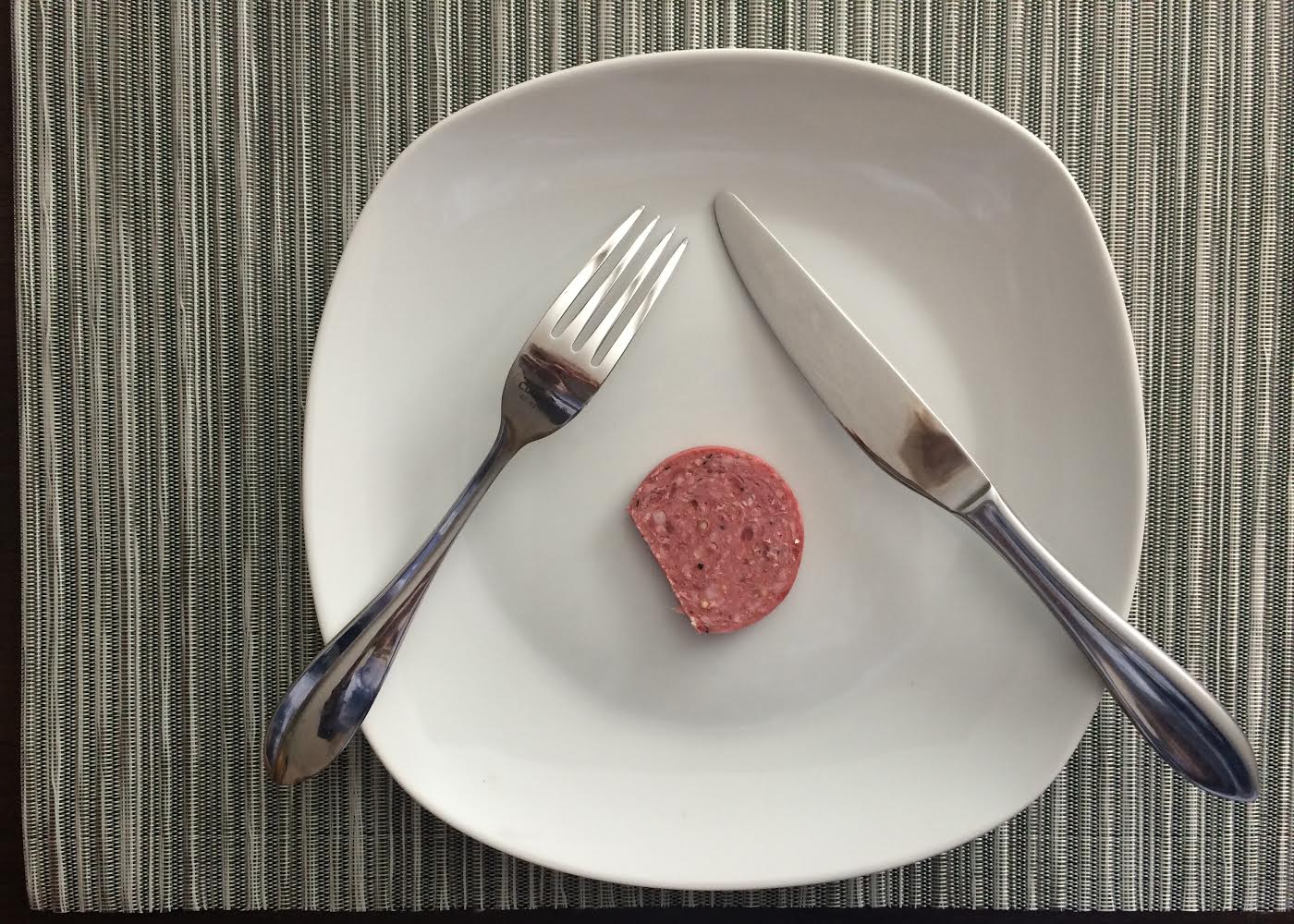
Fourth method. Designed if only a fork is used during a meal. To indicate a pause, it must be placed on the right side of the rim of the plate. In this case, the teeth look up, and the handle rests on the table.

Serving the next dish
If a meal involves serving several dishes, you can use cutlery to indicate that you are ready to serve the next one. To do this, just imagine that your plate is a clock. We position the fork with its tines at 12, and the knife with its tip at 9. In this case, the fork will lie on top of the knife. The entire “gesture” will look like a cross.
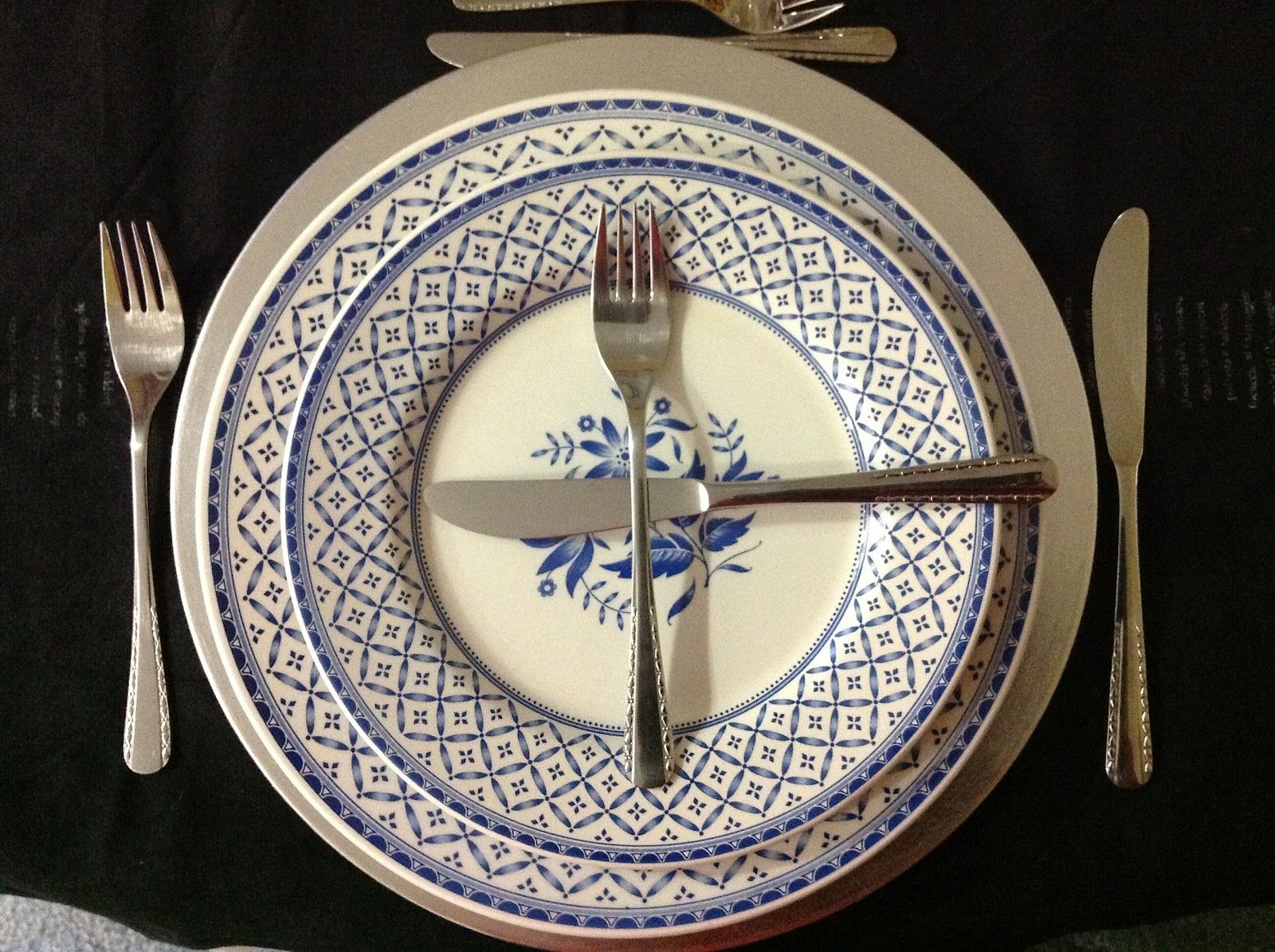
End of the meal
But at the end of the meal, you can express the whole range of emotions that you experienced from visiting the restaurant. Moreover, they can be both super positive and negative. But let's start with the classic methods that only indicate that you have finished lunch or dinner:
- the fork is placed straight on the left, the knife is placed on the right side and slightly tilted to the left;
- both devices are placed exactly along the rim of the plate, parallel to each other;
- the products are placed on the right, parallel (the teeth and tip of the blade are directed towards the center of the plate);
- The devices are placed exactly in the center, also parallel.
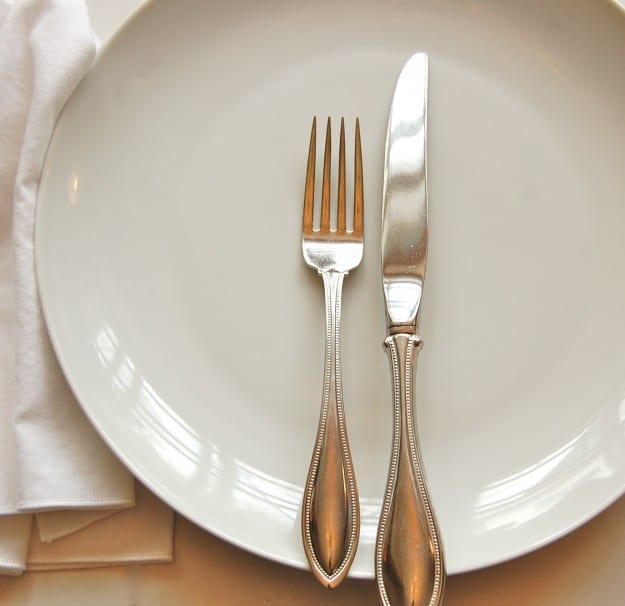
Now let’s look at ways of positioning items that indicate not only the end of the meal, but also express other emotions:
- To express your pleasure, they need to be placed in the center of the plate exactly, parallel. In this case, both the teeth and the tip of the blade should point to the right. Literally this means: “Finished.” The dish is excellent!”
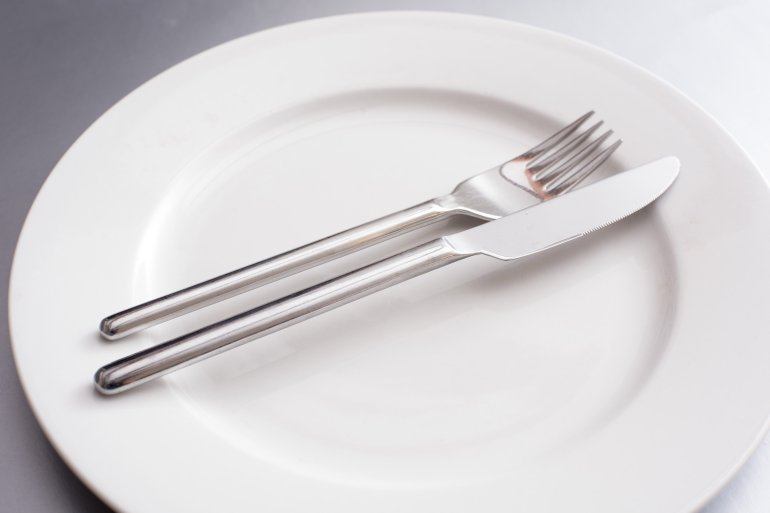
- If you place the fork on the left side with the tines towards the center, and the knife on the right, with the tip of the blade towards the fork, this means: “I finished the meal, I didn’t like the dish.” In this case, the products should touch slightly - the teeth will lie on top or bottom of the knife, and the handles of the devices should be directed towards you. The same arrangement, but with the handles “away from you” means: “Finished the meal. I'm not happy with the service!"
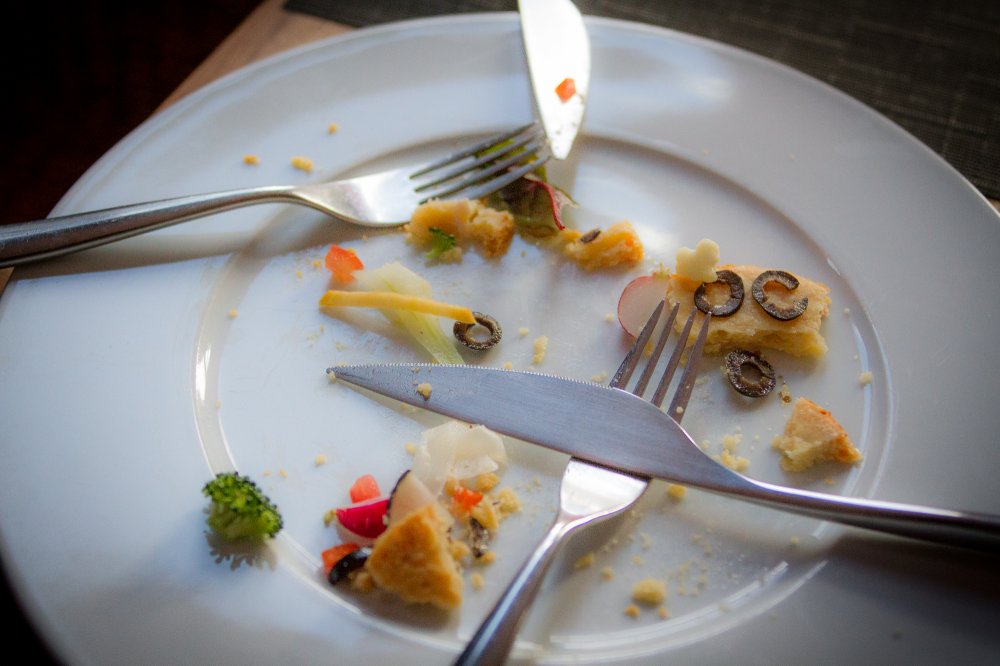
- Another way to indicate that you are unhappy with a dish is to cross-arrange the items by inserting the tip of a knife between the tines of a fork.
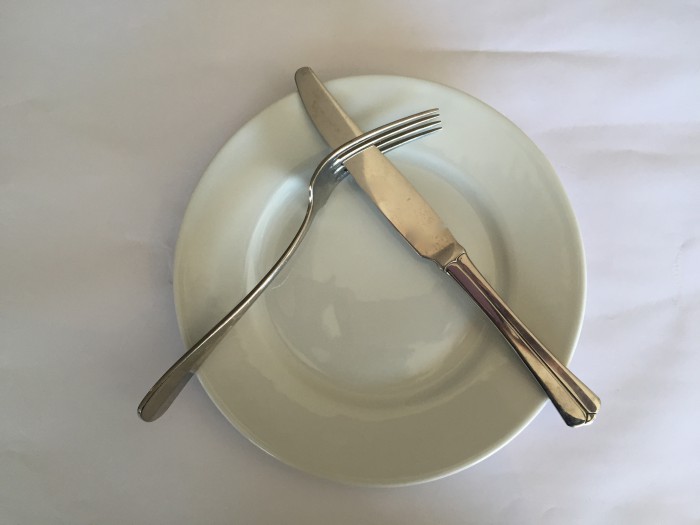
- To use the arrangement of the cutlery to require that you bring a book of complaints, it is enough to place them exactly along the edges of the plate. But at the same time, the handles of the products should be directed away from you. That is, with the teeth and the blade towards you.
- If you want to give a mega compliment to the establishment and say that you will be their regular guest from now on, then arrange the products as follows: on the right side, place the knife exactly with the blade towards you and towards the center of the plate, and place a fork on top of it or next to it. Literally this means: “Excellent! I will be your regular customer!”
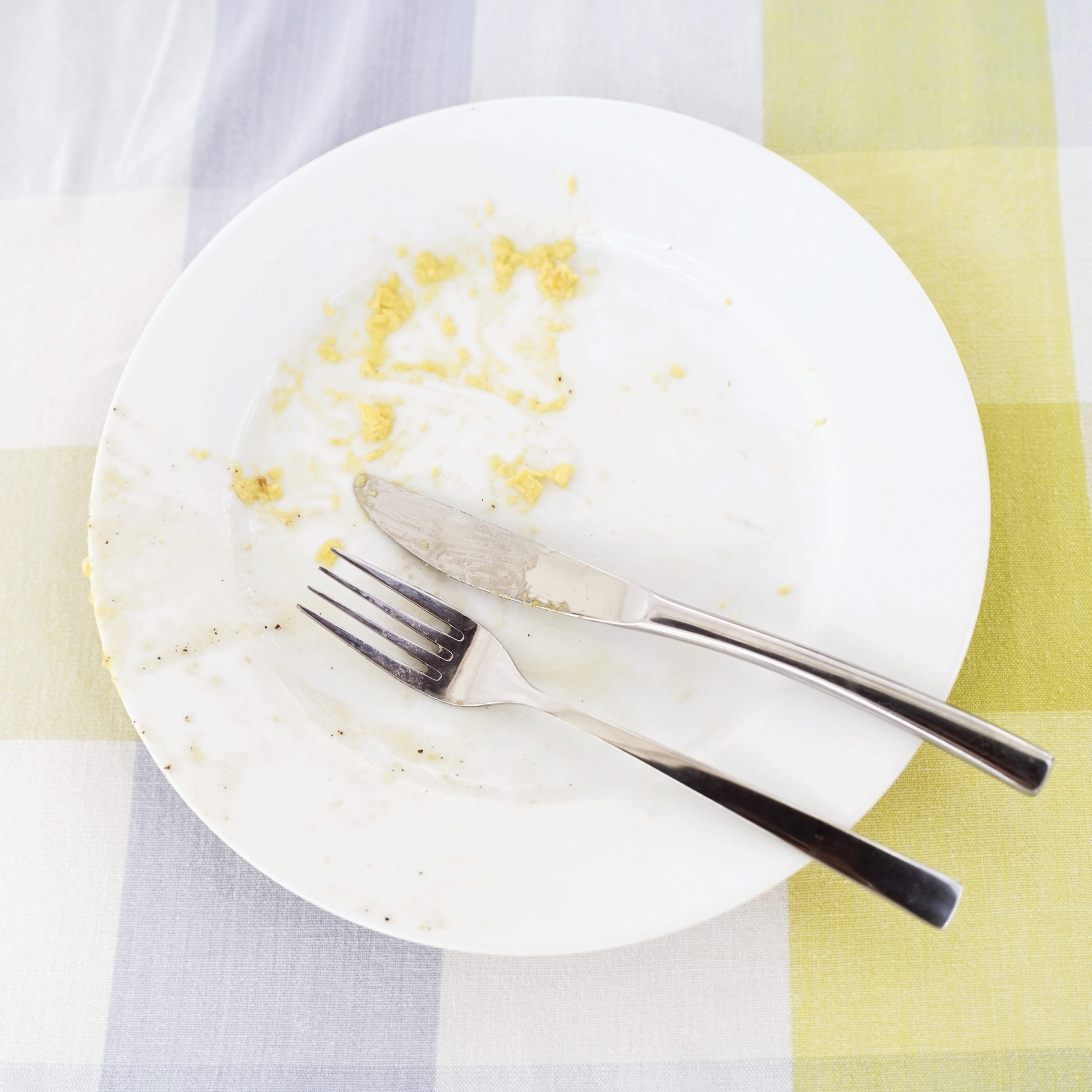
In fact, the “language” of the devices is very curious and interesting. If you didn’t like something, then you can express this without scandals and screams, but simply by correctly positioning the fork and knife. And vice versa, if you are completely delighted with the meal, then with the help of simple gestures you can show your admiration for visiting the restaurant. Believe me: competent staff will immediately understand what you want to say.
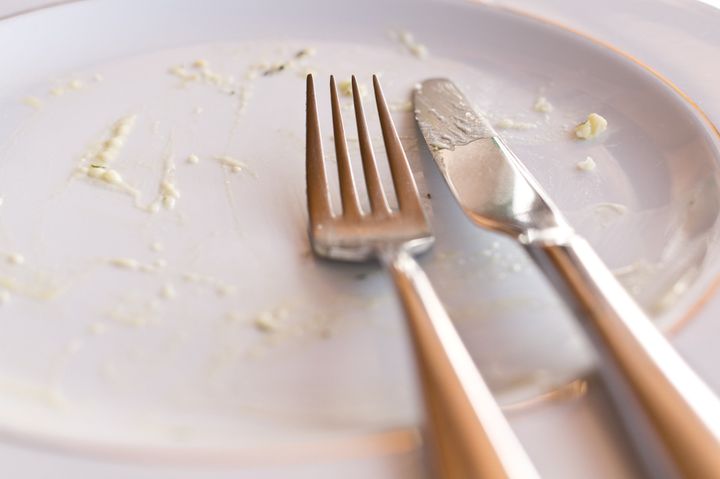





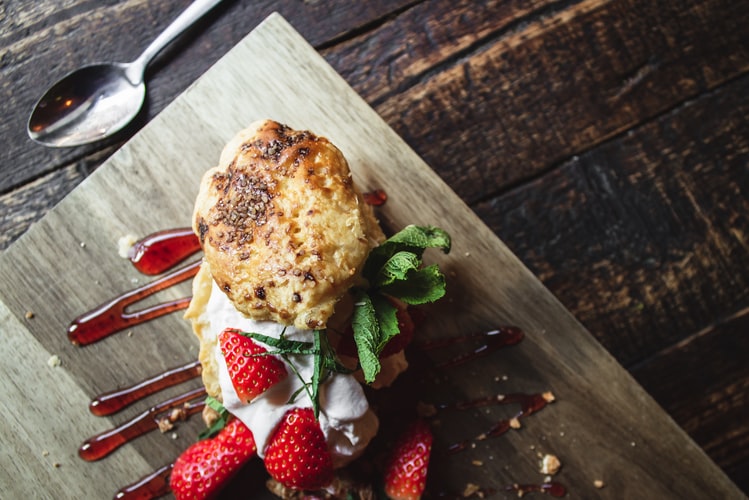
The only question is: did the staff hear about this?